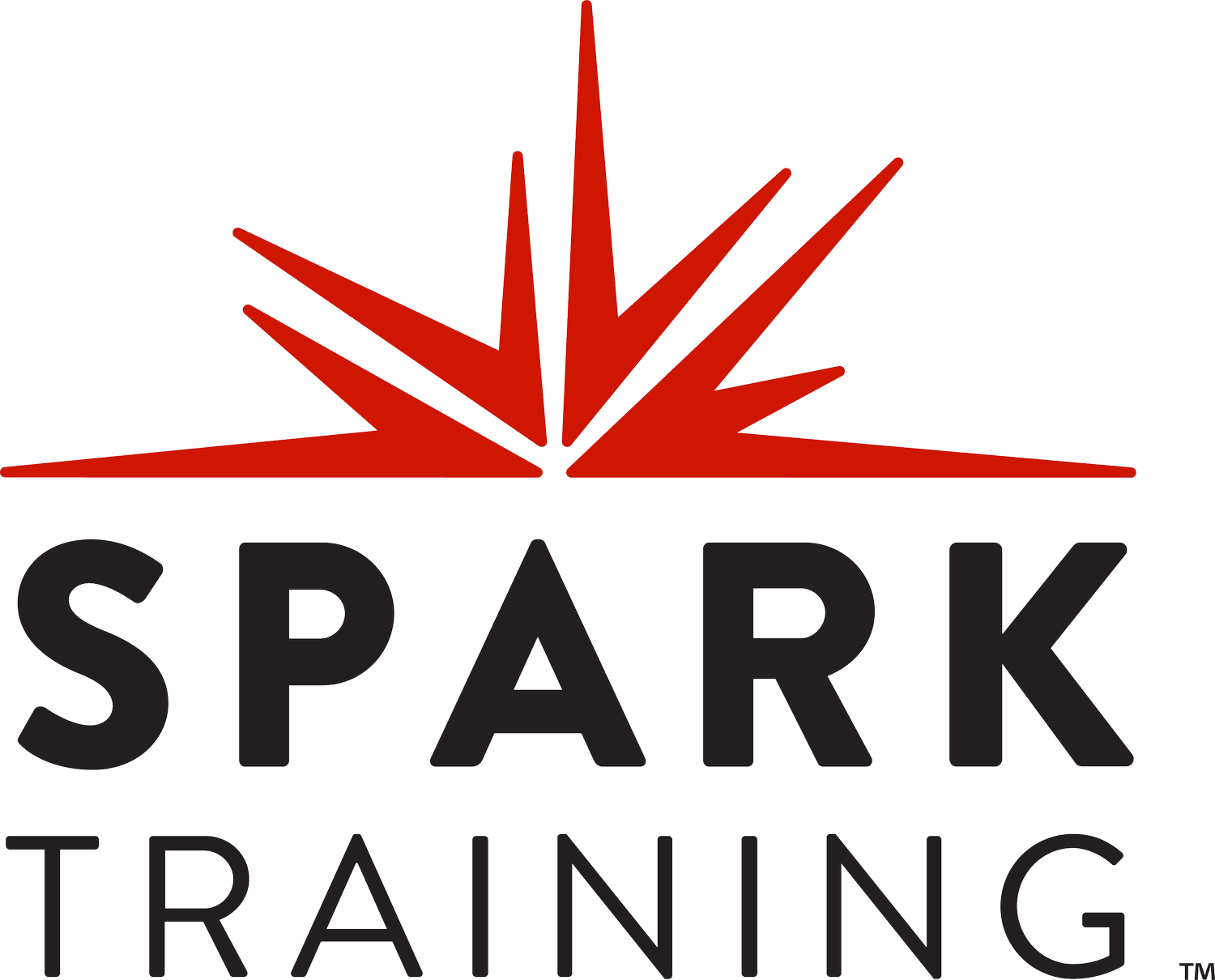PREA Resource Center Defunded
The Department of Justice has terminated funding for the PREA Resource Center effective immediately. As a result, resources, training materials, and statistical data previously available through the PREA Resource Center may become inaccessible soon.
What is PREA?
On September 4, 2003, President George W. Bush signed into law the Prison Rape Elimination Act (PREA) of 2003 (P.L. 108-79). The goal of PREA is to eradicate prisoner rape in all types of correctional facilities in this country. Following the implementation of this law, the National Prison Rape Elimination Act (PREA) Resource Center was established and acted as a library of resources for facilities and agencies, trained PREA auditors, tracked PREA statistics, and maintained the system utilized to process electronic audit reports. On April 25, 2025, funding for the PREA Resource Center was terminated.
What you need to know:
● Internal processes for PREA compliance, documentation, and audit preparation should be maintained.
● The legal requirements of PREA remain fully in effect, including training, documentation, and audit preparation standards.
Facilities should continue to comply with PREA standards without interruption.
Jails who house sentenced inmates or inmates being housed for the Department of Corrections (DOC), United States Marshals Service (USMS), or Immigration and Customs Enforcement (ICE) are required to adhere to the standards of the Prison Rape Elimination Act (PREA) to receive federal funding. Additionally, upholding a zero-tolerance policy which protects incarcerated individuals from sexual abuse and sexual harassment is recommended for all correctional facilities.
Spark Training's online PREA courses are designed to address PREA training standards and help facilities close training gaps with modules for volunteers, officers, qualified mental health professionals (QMHPs), and health care staff.
Training modules address PREA Standard 115.31: Ensure that staff can prevent, detect, and respond to sexual abuse and sexual harassment and to create a culture of sexual safety in the facility by educating all employees on...
● The agency’s zero-tolerance policy for sexual abuse and sexual harassment. (115.31 a 1)
● Inmates’ right to be free from sexual abuse and sexual harassment. (115.31 a 3)
●The right of inmates and employees to be free from retaliation for reporting sexual abuse and sexual harassment. (115.31 a 4)
● The dynamics of sexual abuse and sexual harassment in confinement. (115.31 a 5)
● The common reactions of sexual abuse and sexual harassment victims. (115.31 a 6)
● How to detect and respond to signs of threatened and actual sexual abuse. (115.31 a 7)
● How to avoid inappropriate relationships with inmates. (115.31 a 8)





















